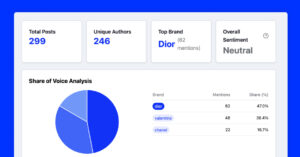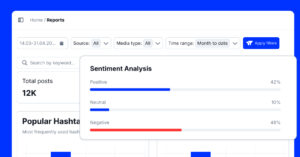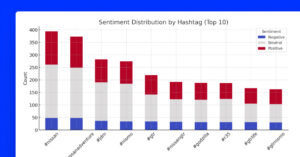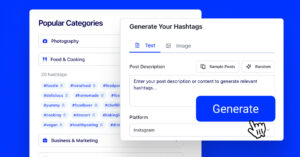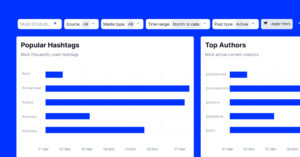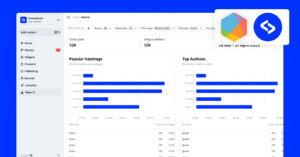La percepción del consumidor refleja la opinión que la gente tiene de su marca basándose en experiencias, reseñas, marketing y presencia en las redes sociales.
¿Qué es la percepción del consumidor?
La percepción del consumidor es la impresión que éste tiene de una marca, producto o servicio. Se forma a partir de experiencias directas, publicidad y recomendaciones de compañeros, en redes socialesy la opinión pública.
La percepción no siempre está ligada a los hechos, sino a los sentimientos. Lo que los consumidores cree sobre su marca a menudo tiene más peso que la verdad. Por eso, medir y gestionar la percepción es fundamental para la confianza y la fidelidad a la marca a largo plazo.
¿Cómo se mide la percepción del consumidor?
Las herramientas modernas combinan datos cualitativos y cuantitativos para hacerse una idea de cómo perciben los consumidores una marca. Entre los métodos clave se incluyen:
- Seguimiento de la revisión - Analizar las reseñas en línea para detectar patrones en los elogios y las quejas;
- Análisis de las redes sociales - Utilización análisis de opiniones y el etiquetado temático para evaluar la opinión pública en tiempo real;
- Encuestas y sondeos - Recoger opiniones directas de los clientes sobre los atributos, valores o experiencias de la marca;
- Evaluación comparativa de la competencia - Comparar sus datos de percepción con los de la competencia.
Con EmbedSocialLas marcas pueden recopilar automáticamente opiniones y menciones en todas las plataformas, analizar las tendencias de opinión y filtrar los comentarios por temas, lo que ofrece una visión fiable de los cambios en la opinión de los consumidores sin trabajo manual.
¿Por qué importa la percepción del consumidor?
- Influye en las decisiones de compra - La gente tiende a comprar a marcas en las que confía o con las que se siente identificada;
- Afects su reputación en línea gestión - Una percepción negativa puede perjudicar rápidamente la visibilidad y las ventas;
- Orienta la estrategia de marca - Entender cómo te perciben te ayuda a dar forma a tus mensajes y a tu posicionamiento.
Supervisar y gestionar la percepción de los consumidores es fundamental para mantener la relevancia y la competitividad en el panorama actual, basado en la retroalimentación.



